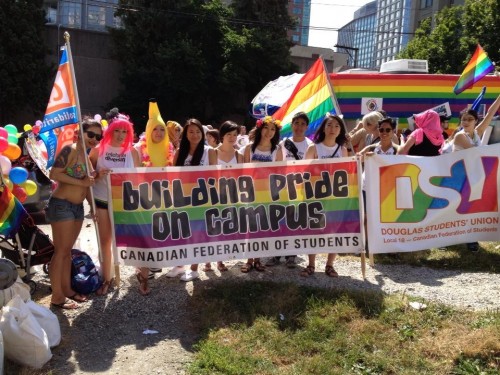A review of some misleading headlines from COVID-19
By Jon Nicholas, Contributor
Headlines are not always the truth. Nor are articles. How has the media done in its coverage of COVID-19 and Donald Trump?
Travel restrictions
When Donald Trump initially imposed travel restrictions on January 31, he was met by outraged media. Cries of xenophobia and racism abounded. The Atlantic in a February 18 article was critical of his actions: “Much of what he’s said publicly about the virus has been wrong, a consequence of downplaying any troubles on his watch. He has long stoked fears that foreigners entering the United States bring disease. Now he may double down on xenophobic suspicions.”
Other publications toed the party line; many featuring a popular quote from WHO Director-General Tedros Adhanom Ghebreyesus, saying that the restrictions would increase “fear and stigma, with little public health benefit.”
Vox posted the headline: “The evidence on travel bans for diseases like coronavirus is clear: They don’t work. They’re political theater, not good public health policy.”
The Washington Post was also skeptical in many articles, such as one that quoted Ali Khan, former director of the Office of Public Health Preparedness and Response at the CDC: “These are extraordinary measures to be implemented at this point. We’re a global economy, people move, and if you have excellent public health and you are able to combine port-of-entry screening with follow-up of people, there should be no reason to put undue burdens on people around travel.”
The tide has turned though. Suddenly the New York Times was reporting not racism, but “Trump’s Slow Response to the Coronavirus Pandemic.” In an April 7 piece reviewing the COVID-19 timeline, The Atlantic seemed to reverse course also, “On January 31, the Trump administration at last did something: It announced restrictions on air travel to and from China by non-U.S. persons.”
Was he too slow to respond? Or was he racist? Mainstream media has become less reliable than Democrats think Trump is.
Kung-flu origins
“This morning a White House official referred to #Coronavirus as the ‘Kung-Flu’ to my face. Makes me wonder what they’re calling it behind my back.” The preceding tweet was posted by CBS News reporter Weijia Jiang on March 17. Kellyanne Conway responded to the quote by saying, “Of course it’s wrong,” before proceeding to ask Jiang who the culprit was. Given the opportunity to expose a racist, Jiang refused, saying “I think you understand how these conversations go.” Conway stood her ground: “I don’t know how these conversations go and that’s highly offensive. So, you should tell us all who it is. I’d like to know who it is,” eventually adding that her husband is Asian, to which Jiang acknowledged that she had not done her research on and was unaware.
In a similar attempt with Trump, Jiang failed again to name her racist source of the offensive term. In the press conference, Trump directly asked her who said “Kung-Flu” and Jiang replied with, “I’m not sure the person’s name.” Given two opportunities to name a racist, Jiang refused and could not even keep her story straight. Do we, “understand how these conversations go,” or was she “not sure the person’s name”? Not a single news outlet reported any truth to her suspect claim.


